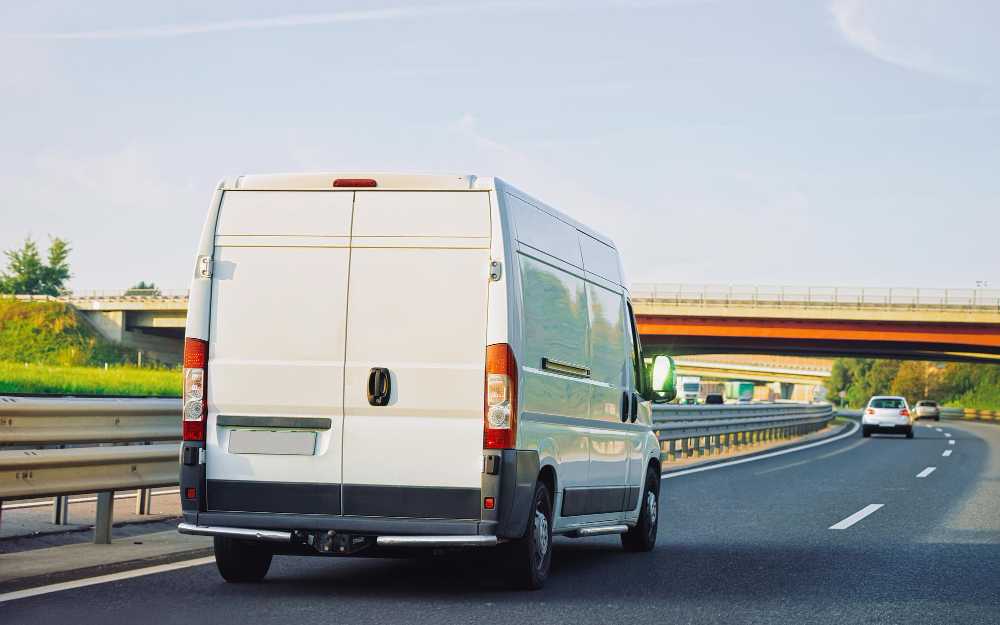Contemporary art transportation: how to adapt techniques to modern materials?

The diversity of materials and forms is immense in contemporary art. Unlike traditional works of art, they can contain plastic, glass, metals of all kinds and even organic or technological parts.
All these factors make transport and storage difficult.
So how do these works arrive safely and intact at their destination, unaffected by handling or transport? Here we reveal the techniques involved in transporting contemporary works of art, and reveal the processes by material and form.
Pre-transport preparation: material analysis and risk assessment
Preparation is crucial when it comes to transporting contemporary works of art. A multitude of aspects need to be taken into account, each material presenting its own risks and requirements.
Materials identification and characterization
The first step in preparation is to precisely identify the materials used in the work. This may seem obvious, but depending on the complexity of the creation, various materials may cohabit, which has an impact on the way they need to be handled and packaged.
Plastic: Sensitive to extreme temperatures, it can deform easily.
Glass: Extremely fragile, requires additional cushioning.
Metals: Susceptible to corrosion, especially certain contemporary sculptures using special alloys.
Organic materials: Can include everything from wood to biodegradable elements, often requiring strict environmental control.
Transport risk assessment
Each type of material presents specific risks during transport. Experts generally carry out a complete assessment, including analysis of the following points:
Structural stability of the work.
Reactivity with common packaging materials.
Sensitivity to climatic variations.
Total weight and weight distribution.
Packaging techniques adapted to modern materials
Good packaging not only prevents physical damage, but also protects against adverse environmental conditions. Depending on the material of the work, different packaging techniques and materials are recommended.
Packaging for transporting plastic artwork
Plastics are sensitive to heat and impact. So use packaging materials that absorb shocks and prevent overheating.
Use expanded polystyrene or molded foam for shock absorption.
Wrap each plastic element individually in heat-resistant bubble wrap.
Place temperature indicators inside the packaging to monitor conditions during transport.
Protecting glass artwork
For glass, the main concern is fragility. Any shock, however minor, can crack or break the work.
Choose reinforced crates lined with high-density foam.
Place bubble-wrap interlayers between the sides of the crate and the artwork.
Incorporate polyester or wool fibers around the work to absorb vibrations.
Cladding and corrosion protection for metal structures
Metal sculptures, particularly those made from mixed or innovative materials, require special care to avoid corrosion and mechanical damage.
Apply a coat of corrosion inhibitor to all metal surfaces.
Use specific protective coatings such as Vapor Phase Corrosion Inhibitor (VCI).
Wrap the work in anti-static and shock-proof blankets.
Seal in airtight boxes fitted with desiccants to control humidity.

Modern handling and tracking technologies
Technological evolution has brought with it a host of tools for managing the transportation of contemporary artworks more safely and efficiently. These include a wide range of sophisticated equipment and devices.
Use of sensors and monitoring systems
Modern sensors enable us to continuously monitor the condition of works of art during transport, ensuring a rapid response in the event of a problem.
Integrated vibration sensors detect excessive shocks.
Temperature sensors measure temperature variations and trigger alarms if necessary.
GPS beacons track the location of works in real time to prevent loss or theft.
AI-assisted robotic handling
For delicate works, involving several complex modern materials, the use of robots and artificial intelligence makes handling more precise and safer.
Robot manipulators capable of meticulous, calibrated movements.
AI systems analyze the best handling method to reduce the risk of damage.
Automatic programs for optimized packaging in terms of applied force and safety.
Environmental impact of transporting artwork
One aspect increasingly considered in the transportation of contemporary artworks is environmental impact. The choice of transport materials and handling methods must reflect current ecological concerns.
Choosing eco-friendly packaging materials
Adopting biodegradable or recyclable materials for packaging meets the dual requirement of protecting the artwork and respecting the environment.
Use biodegradable foam wedges instead of conventional polystyrene.
Recycle used packaging as long as it is in good working order.
Use water-based inks and adhesives to minimize volatile organic compounds (VOCs).
Reducing transport emissions
Working on solutions to reduce the carbon footprint associated with art logistics varies according to several criteria.
Optimize routes and group shipments to minimize unnecessary travel.
Choose certified carbon-neutral carriers.
Maintain a short supply chain, giving priority to local suppliers.
We've covered everything from initial preparation to environmental impact. As each work is unique, the use of modern technologies and practices adapted to each material becomes essential to guarantee their integrity throughout the supply chain.